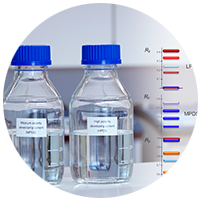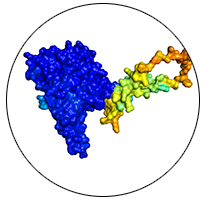Separation Science, in collaboration with CAMAG®, is pleased to present the latest edition of its CAMAG Bibliography Service (CBS 129). In this issue, a new concept for the routine use of HPTLC is introduced.

This issue shows how, together with the Universal HPTLC Mix, the right tools for efficient screening in quality control are now available.
CBS 129 is dedicated to colleagues at Chromacim. With their French representative, CAMAG looks back on 20 years of mutual history. Users from industry, as well as from the regulatory and academic sectors, present their work in connection with HPTLC. Three impressive HPTLC applications from French customers are featured in this issue.
Articles covered in this issue include:-
HPTLC routine analysis using complementary developing solvents
This article describes a new concept for HPTLC. It is based on one solvent of low polarity, one of medium, and one of high polarity to routinely analyze each (complex) sample at three conditions.
Read article >>
 Use of TLC, HPTLC, and HPTLC-MS during production and purification processes of active ingredients and their impurities
Use of TLC, HPTLC, and HPTLC-MS during production and purification processes of active ingredients and their impurities
In this article, the authors demonstrate the strengths of TLC and HPTLC during API manufacturing processes. The conditions for purifications are determined by conventional TLC and the fractions from preparative columns during purifications are monitored by HPTLC and LC.
Read article >>
 Development and validation of an HPTLC-DPPH assay method for the acteoside content of Ribwort ipowder®
Development and validation of an HPTLC-DPPH assay method for the acteoside content of Ribwort ipowder®
Acteoside is a phenyl-propanoid glycoside which is well known for its antioxidant and anti-inflammatory properties and present in Ribwort plantain. The article shows the possibility to quantify the acteoside content using the HPTLC-DPPH* assay.
Read article >>
 HPTLC – a useful tool for the characterization of enzymes from plant lipid metabolism
HPTLC – a useful tool for the characterization of enzymes from plant lipid metabolism
In this article, the usability of HPTLC in research is illustrated. The researchers show how lipid profiles can be investigated without the need of radioactive labelling. Likewise, their examination on enzyme activity and specificity is shown.
Read article >>




